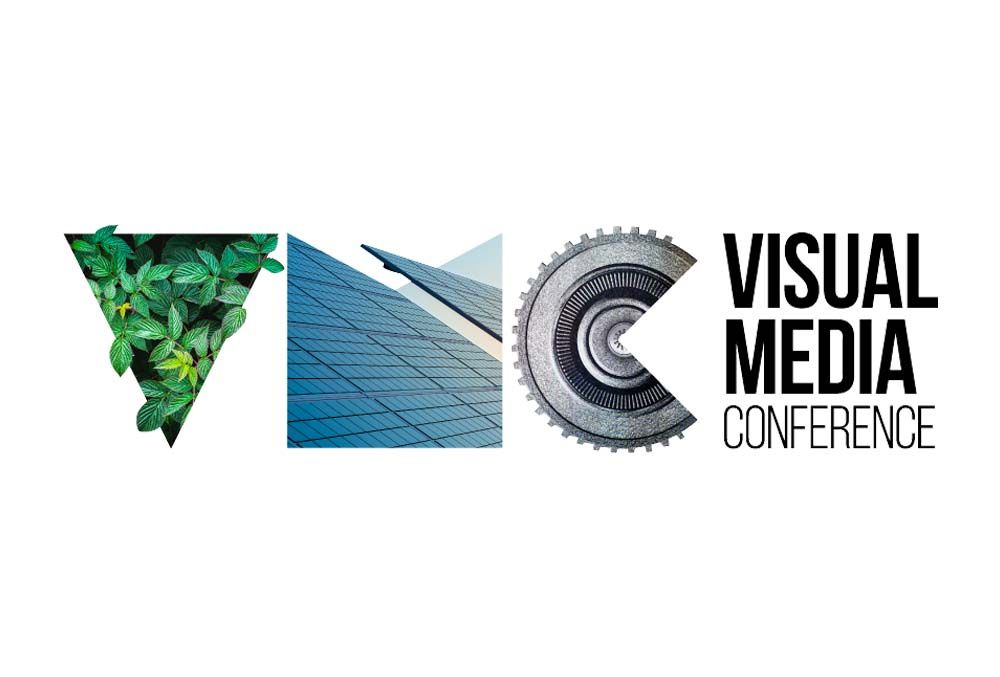Sep 27 Celloglas News, Industry Insight
Celloglas talks impacting finishes and sustainability at VMC

The Visual Media Conference (VMC) returned for its eighth year and brought digital, print and business supplies industries together for a packed programme of talks about the trends and technology impacting their work.
This year’s conference was focused on ‘Sustainability through Innovation’ – meaning Celloglas was perfectly placed to host a session on day two of the three-day online event.
Print is relevant
Celloglas’ sales director Steve Middleton took to the virtual stage with Head of the Retail Institute Olga Munroe to discuss ‘The Power of Print Finishes in the Sustainable Age’. During the session, it was important to get across the message of why print is so unique, how it can influence the consumer in the decision-making process and why sustainable finishes are far from dull and boring.
Steve explained how today, print is still extremely relevant – 64% of people prefer to access their reading material in its print form. Print is evolving and marketers, brands and designers can unleash its power.
Olga, who manages the research centre at Leeds Beckett University, questioned whether digital marketing is really more effective than print – while it may often be cheaper, span different channels and have a wide reach, it may not always be as effective in conveying marketing messages to consumers as print. With the tangible product, consumers can manipulate the paper directly, which results in better memory recall, meaning consumers are likely to remember the content and trust it more, too.
Print is trustworthy
The talk went on to explain how the Retail Institute conducted a study (Cooper, 2020), which examined the physiological reactions of those who consumed the content on different paper stock. All participants showed an increased response when reading from the higher-quality paper, as well as expressing deeper levels of trust with the better paper. This trustworthiness leads to increased value perception and an increased willingness to pay – in terms of print and product packaging, this impression of luxury brings a more immersive experience and leads to more intense interactions. This ultimately impacts the purchase decision.
Print is environmentally friendly
Steve and Olga discussed how lamination is primarily application plastic coating. However, it enhances the sustainability of certain products adding to their longevity, therefore offering environmental ‘reuse’ wins.
Cellogreen is an over-lamination film product based on cellulose diacetate – and it’s sustainable, biodegradable and recyclable. It’s available in a gloss, matt or satin effect.
All foil is recyclable and the bonus here is that foiling is one of the most attention-commanding ways to finish a print – from metallic foils to textured and fluted foils. Meanwhile, we’re expecting our post-consumer recycled (PCR) laminating film to be widely available by 2022. It uses recycled plastic throughout.
The Retail Institute commissioned a study to highlight how the ‘plastic is bad’ view can often be incorrect and it depends on usage. It studied food menus and looked at whether laminating the menu or printing fresh menus each time was more environmentally friendly – which had less toxicity and impact on the environment? The findings showed that if laminating a page, it preserves resources for longer – businesses aren’t wasting time, products and effort in manufacturing. The menu becomes tear-proof and, ultimately, uses less resources – it’s a more considered approach.
We’ll keep raising awareness of sustainable print finishes. It’s hugely important that paper and cardboard are recognised by consumers in terms of how they’re handled at end of life. Be mindful and don’t go for quick wins – really research materials and whether they’re right for your brand.

